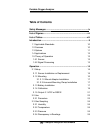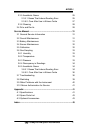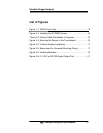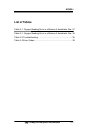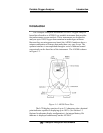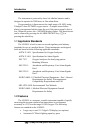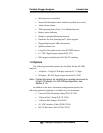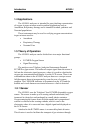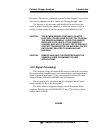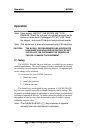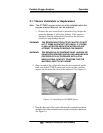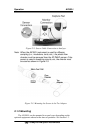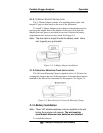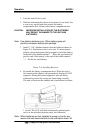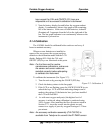
Portable Oxygen Analyzer Introduction
Teledyne Analytical Instruments 13
the sensor. The diverter, packaged separately when shipped, is necessary
when the tee adapter is used to sample gas flowing through a tube.
The diverter is not necessary and should not be used when the
sensor is placed directly in a chamber, or when the sensor is used in
confined volume analysis, such as incubators and inhalation tents.
CAUTION: THE R17MED SENSOR CONTIANS A CAUSTIC
ELECTROLYTE AND LEAD. DO NOT TRY TO OPEN
THE SENSOR ASSEMBLY. CHECK THE SENSOR
REGULARLY FOR LEAKS. IF THE SENSOR IS
LEAKING, REPLACE IT. DO NOT TRY TO REPAIR IT.
CONTACT TELEDYNE FOR THE MATERIAL SAFETY
DATA SHEET RELATED TO HANDLING AND
DISPOSAL.
CAUTION: REMOVE AND SAVE THE DIVERTER WHEN THE
SENSOR IS USED IN CONFINED VOLUME
APPLICATIONS.
1.5.2 Signal Processing
The electrical voltage developed in the sensor is sent to the electronics.
Processing includes amplification, conversion to digits, and comparison to
alarm set points if appropriate. Using a microprocessor allows for easier
setting of alarms, automatic calibration, and self-diagnosis.
The oxygen level is calculated and then displayed on the liquid
crystal display (LCD) on the front panel.
The audio alarm is triggered during a sensor disconnect alarm
condition. Pressing the ALARM SILENCE key () will provide an
audible alarm override.
BLANK



